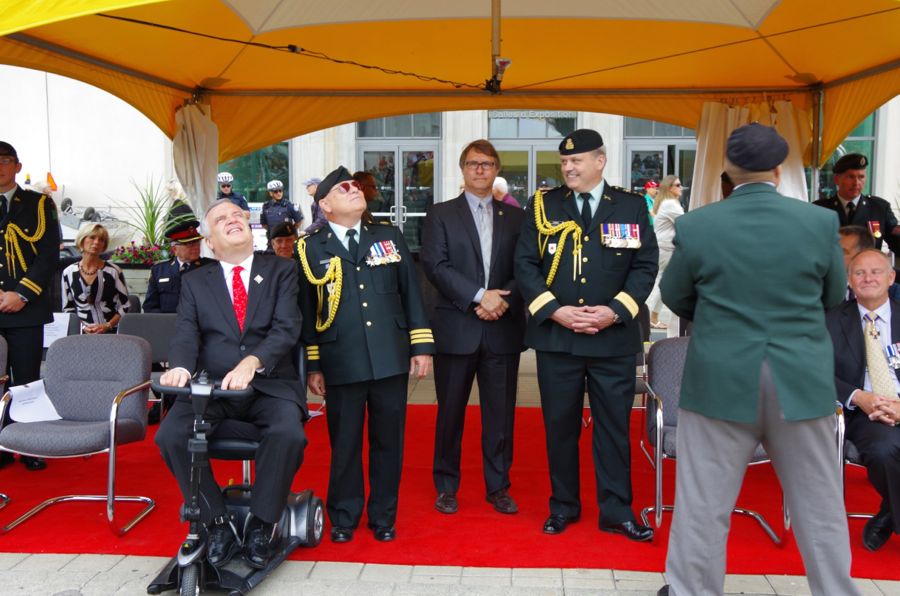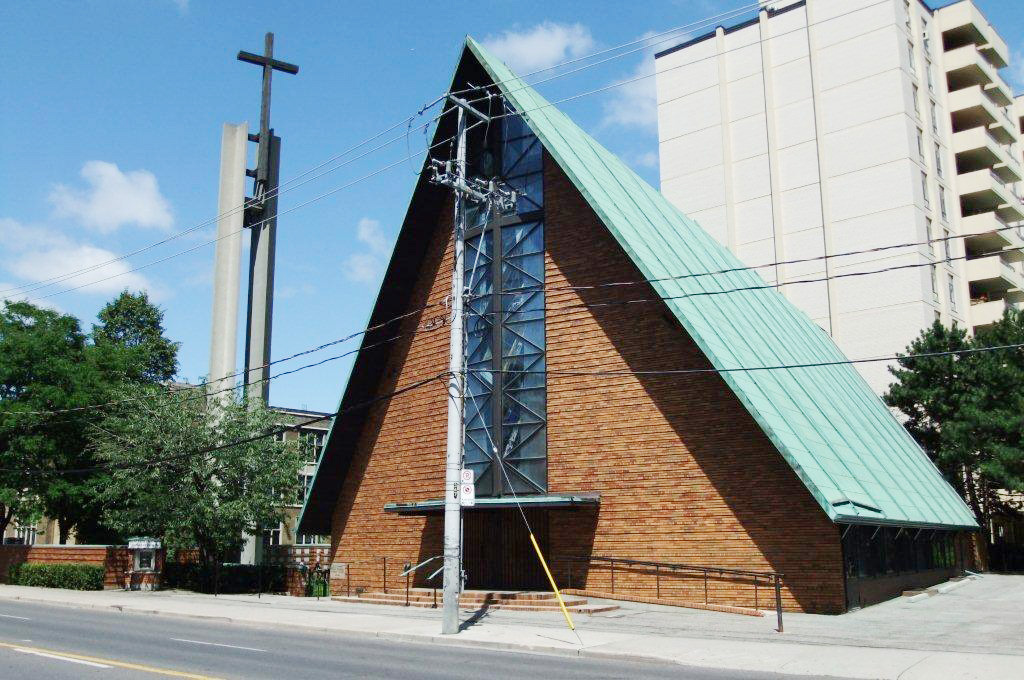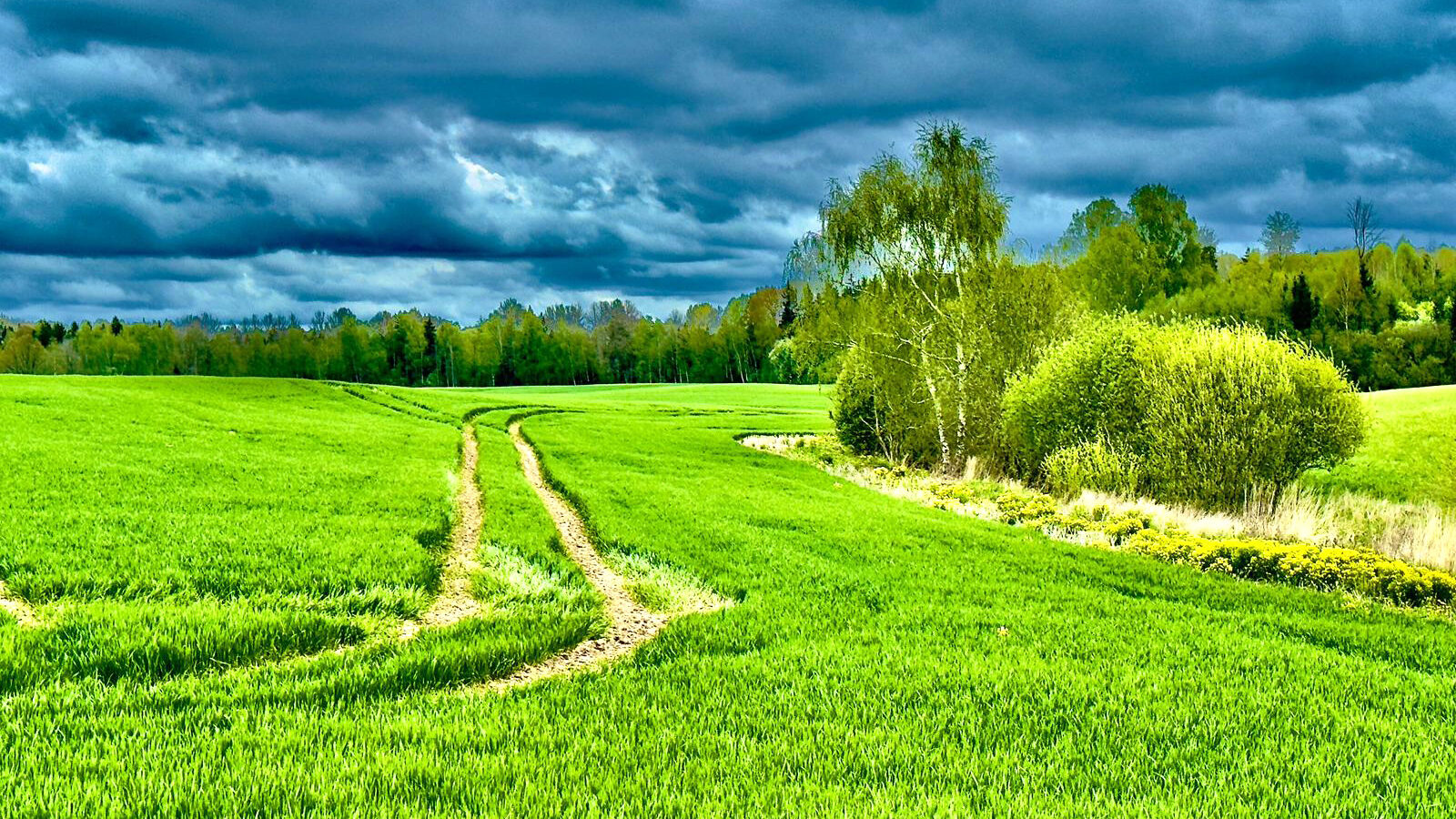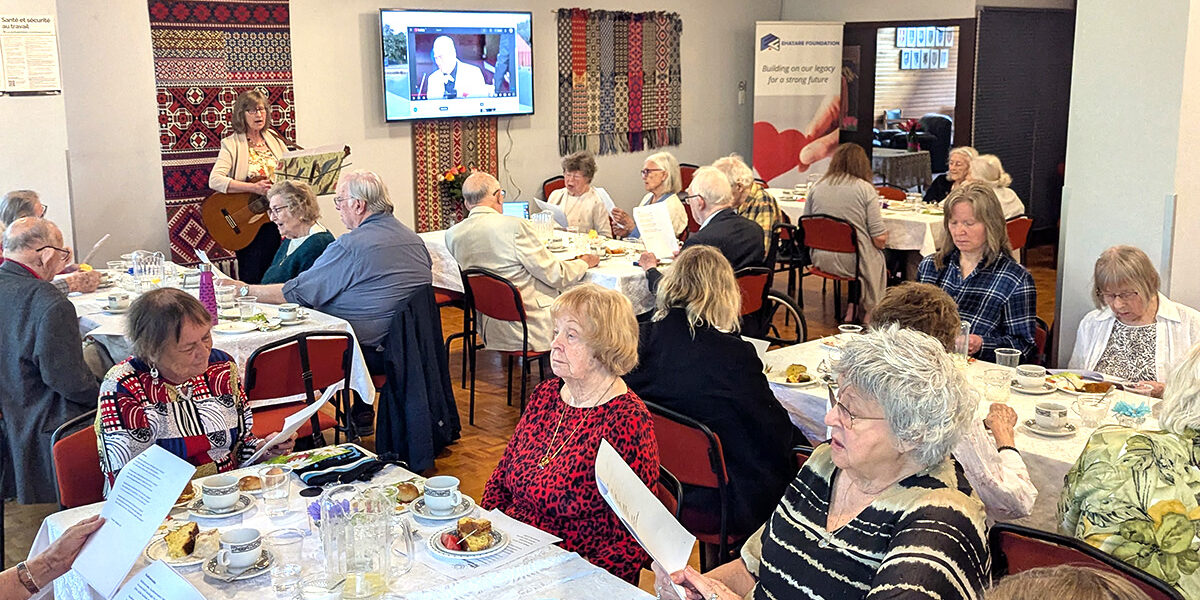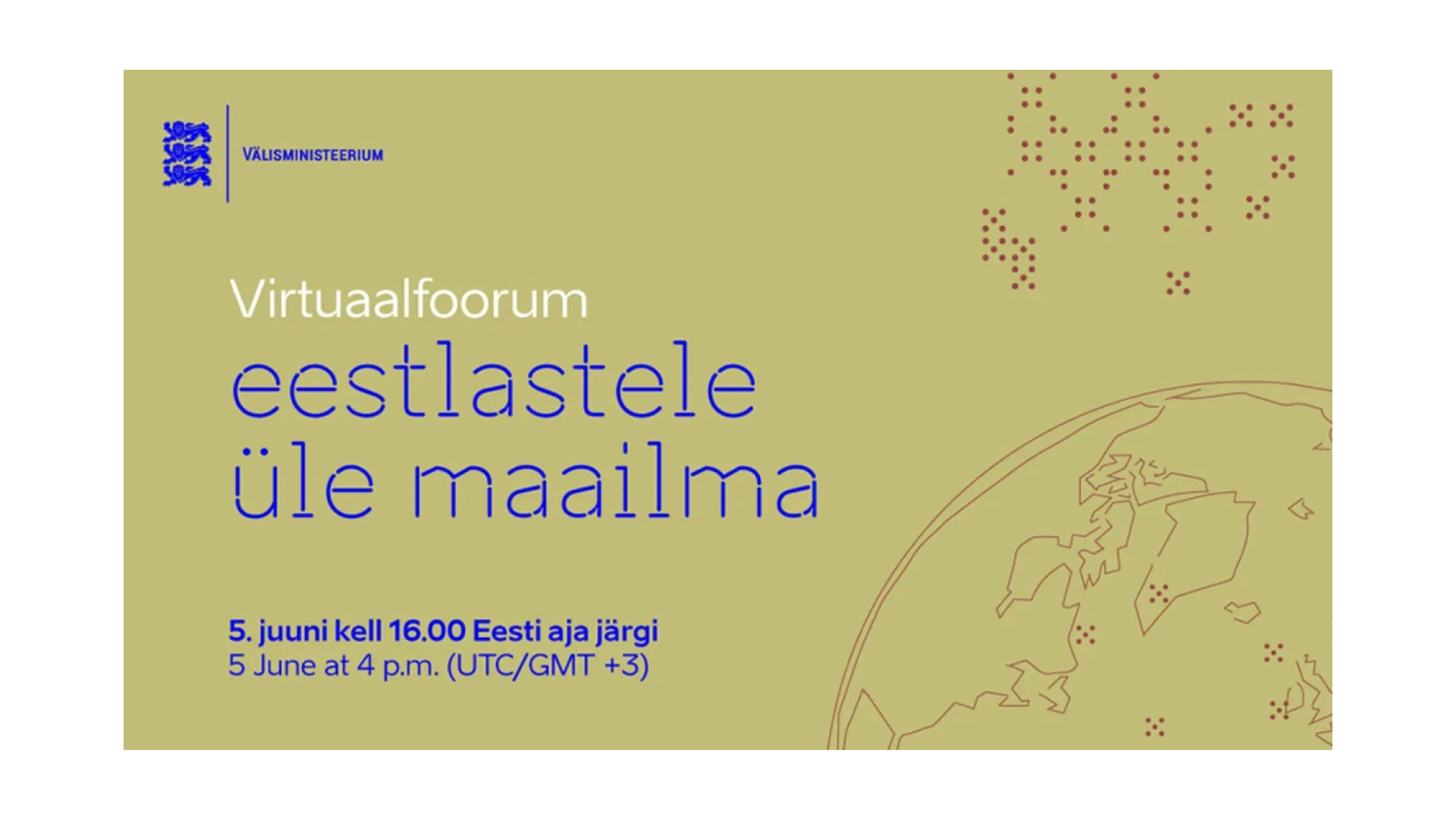An exhibition of more than 400 ethnic newspapers is a fairly new addition to the schedule of things to see and do. Thomas S. Saras, president and CEO of the National Ethnic Press and Media Council of Canada says the organization represents 750 publications and 150 producers and directors of TV and Radio programs, in more than 65 languages nationwide. It is the 16th year that the council is in partnership with the CNE. Saras and his team of volunteers are proudly welcoming visitors to their space, near to the performing stage in the Direct Energy building. The exhibition is a surprise to some who see the cross-section of newspapers and magazines for the first time. However, these media outlets are serving an audience of more than five million Canadians, new and not so new, Saras says.
“There are also 156 radio and television producers and directors, serving, informing and entertaining the members of the various linguistic and cultural communities. They are the perfect tools for a company to reach the new Canadian markets and promote their products, according to the President.” Another way is the visibility, which means getting involved in the events of the communities in areas with high concentration of members of specific ethnic community,” he notes However, these media outlets are serving an audience of more than five million Canadians, new and not so new, Saras contends. “There are also 156 radio and television producers and directors, serving, informing and entertaining Communities of the various linguistic and cultural communities. They are the perfect tools for a company to reach the new Canadian markets and promote their products. “Another way is the visibility, which means getting involved in the events of the communities in areas with high concentration of members of specific ethnic community,” the organization's chief spokesperson notes.
Maria Saras-Voutsinas, executive director of NEPMCC would love to be able to take the exhibition and spread it around the world. It is dream she doesn't think would be realized. Looking at the collection of publication in the booth at the CNE she says passionately “you almost feels like this is the only place where you can walk into and you look at a wall and every single country that's represented is there. We are all together, brothers and sisters. There is no conflict and it's just a beautiful display of cultures around you. You know, it's breathe-taking. When you stop and really look at our display you say: ‘wow. This is fantastic in such a time of strife all over the world. You just need that moment when you can just look at that wall and say ‘this is good. This is healthy'.
Community leaders, politicians and the Toronto Police Service participated in the official launch of the exhibition. Saras acknowledged the assistance they provided to his organization in making their work successful over the years. Brian Ashton, president of the Canadian National Exhibition, and Dr. Jean Augustine were among those receiving tokens of appreciation. Premier Kathleen Wynne, an ardent supporter of the council sent her greetings through newly elected MPP Hang Don who acknowledged that members of the ethnic communities depend on these publications to know about government policies and other issues related to their families. Mayoral candidate John Tory praised NEPMCC for its role in bringing people together. Dr. Tony Ruprecht, former member of Ontario Parliament, hosted the programme and he stressed the role of the ethnic community including its media in keeping Canada and preventing Quebec from separating from Canada.
Peter Sloly, Deputy Chief of the Toronto Police said it is an interesting thing to have the Ethnic Press Council at the Canadian National Exhibition which represents for many Canadians one of the greatest national symbols. “It's a symbol of what's important about family, what's important about society, commerce, everything that makes a democracy work,” Sloly reflected. The ethnic press for him is equally important as a symbol that makes a democracy work. The ethnic media represents the voice of new comers, pushes a democracy to be more inclusive, focuses on human rights and inclusion. With two great symbols working together at the same time, the Deputy Chief of Police was honoured to represent the third great institution – policing. “The media need to be better, policing needs to be better, business and commerce need to be better. “As long as we keep working together things will be better in Canada,” the top law administrator said.
Dr. Mohammad Tajdolati, the council's Ombudsman hopes all visitors to the Ex during the host of activities will come to the council's booth and learn about the media of the different ethnic groups in Canada. “There are publications of every community here and it is interesting to see and to take the papers and have the relation with the communities through the media,” he added.
Right up to Labour Day Sara and members of the NEPMCC will be on hand to greet visitors to the exhibition and converse with them about the various publications on display. Just as booths at the CNE are offering products from around the world so too are the ethnic magazines and newspapers found at the National Ethnic Press and Media Council of Canada's display of ethnic publications.
William Doyle-Marshall
